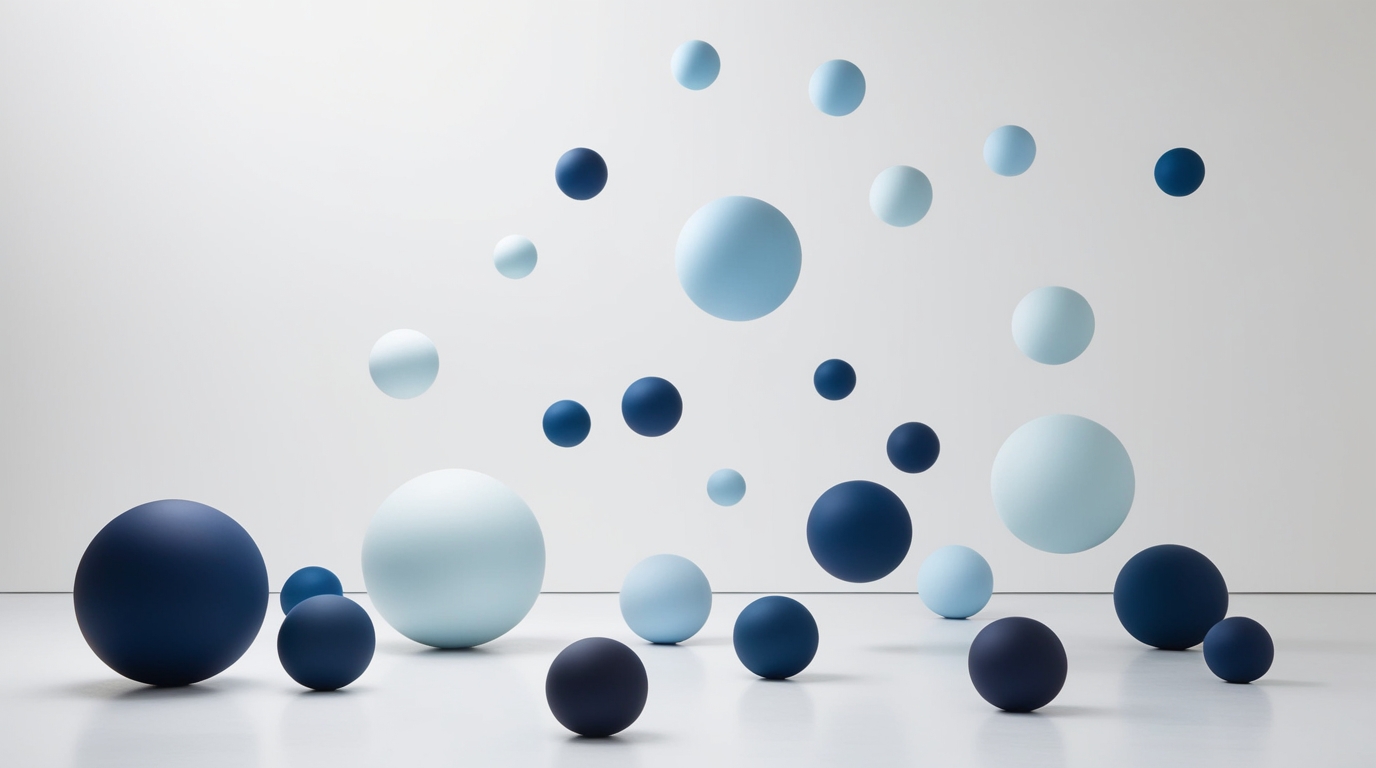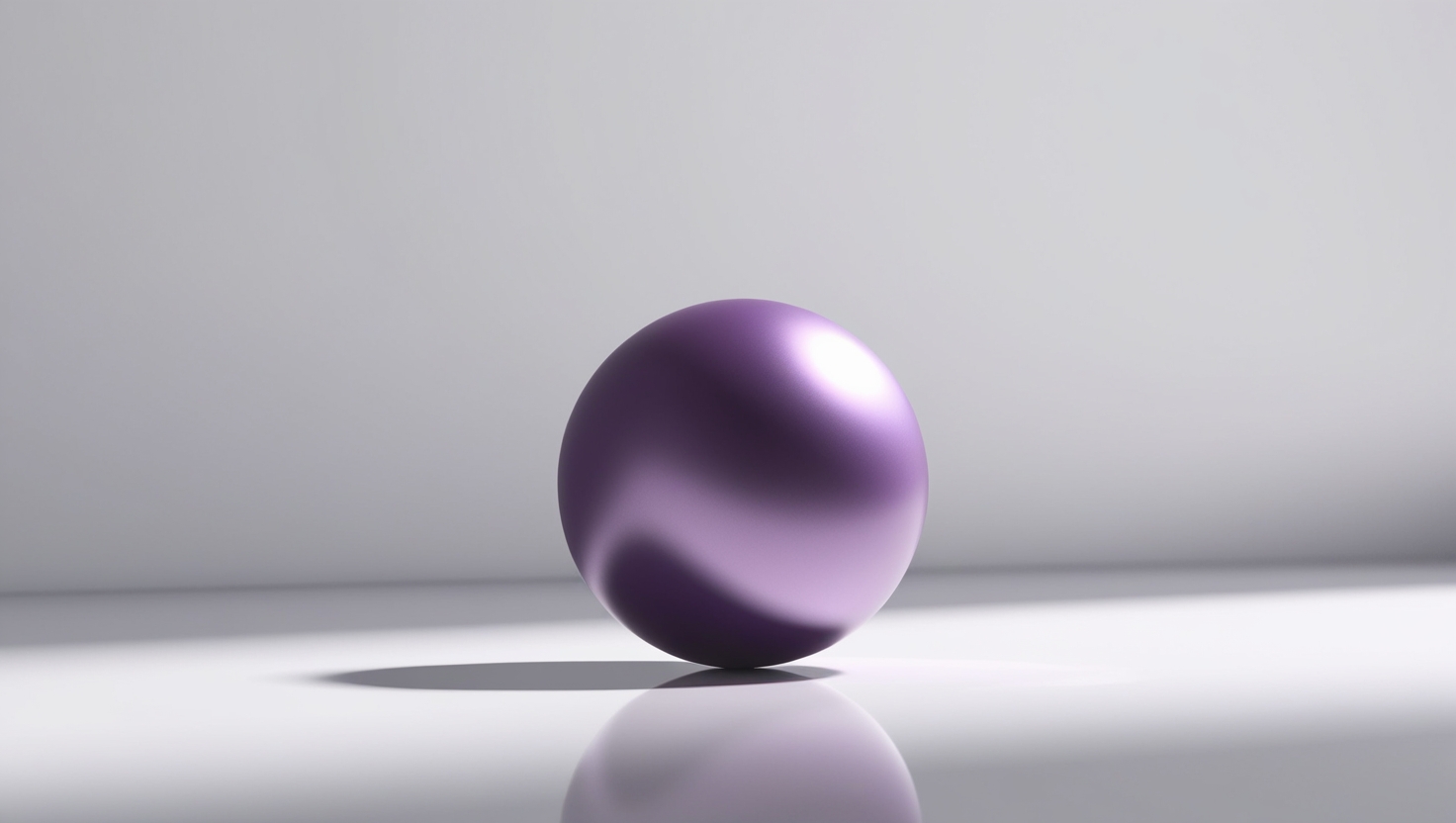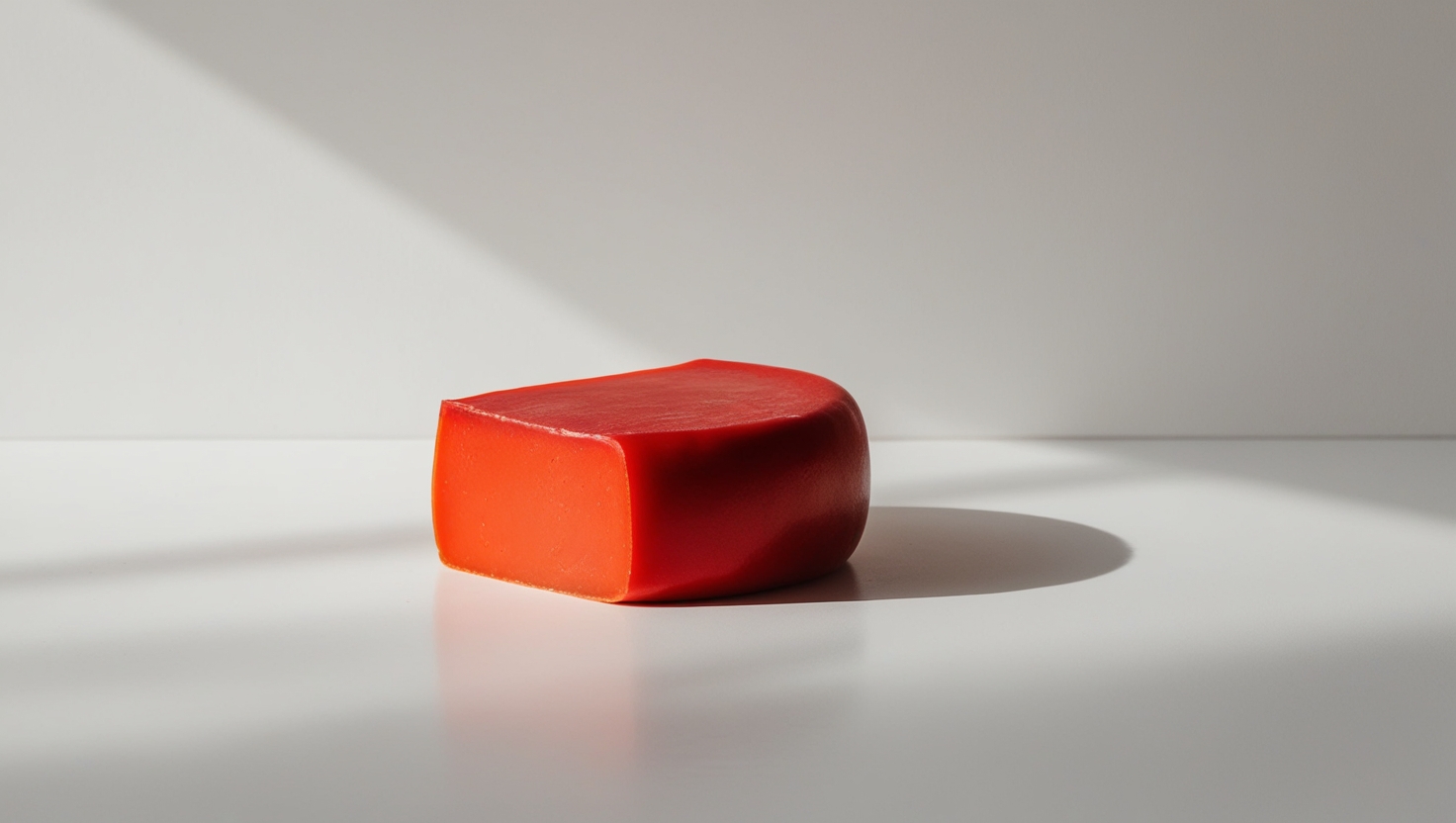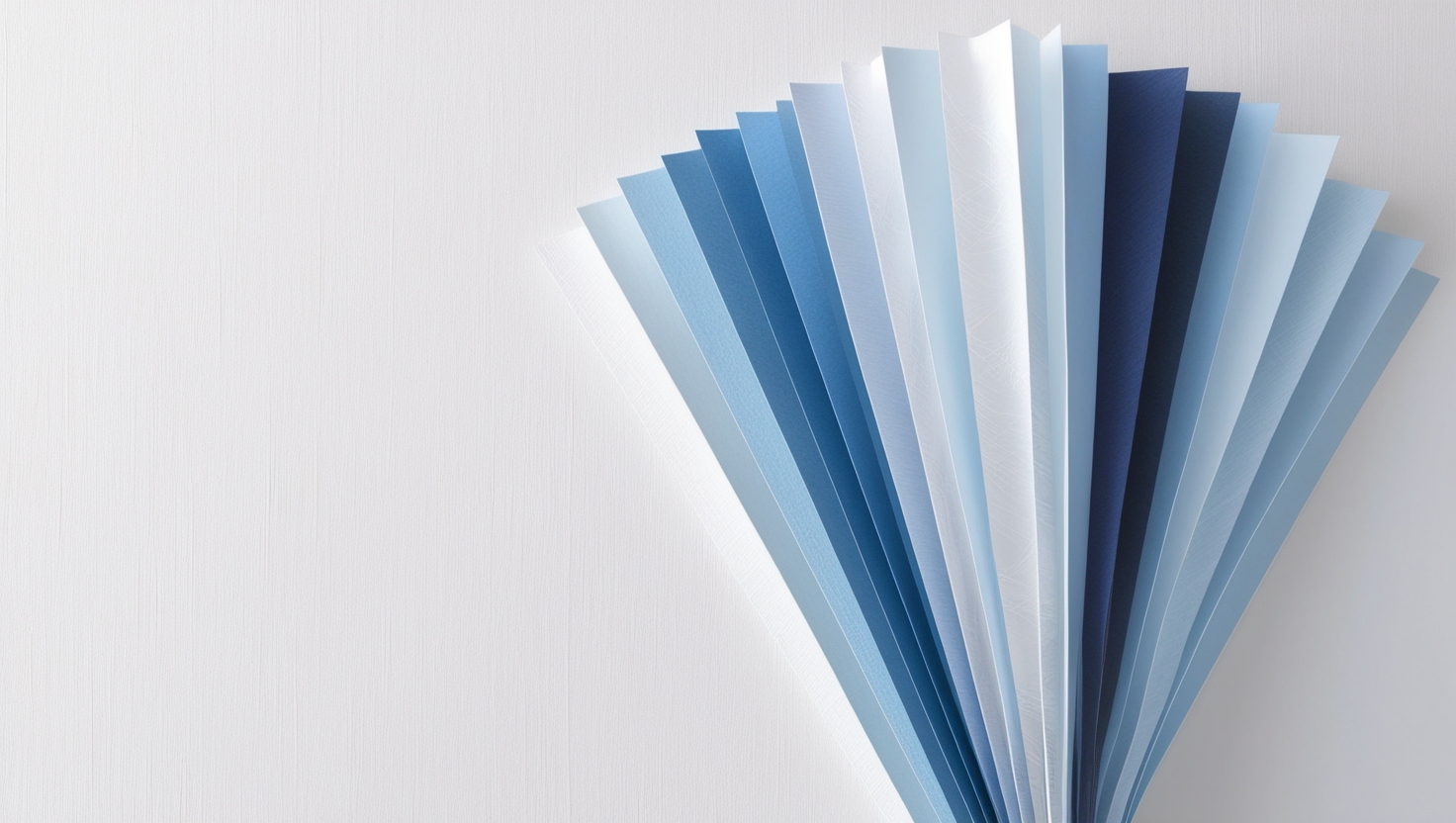When it comes to building a website, the design you choose can make or break the user experience. A well-designed site not only attracts visitors but also keeps them engaged and encourages them to return. The digital landscape is ever-evolving, and so are the web design trends and techniques. Exploring various types of web design can help you determine the most suitable approach for your specific needs and goals. Here’s a deep dive into some of the most popular web design types to consider for your website.
1. Responsive Web Design
Responsive web design ensures that your website looks great and functions well on all devices, including desktops, tablets, and smartphones. This approach uses fluid grids, flexible images, and media queries to adjust the layout based on the screen size. As mobile browsing continues to rise, having a responsive design is essential for user retention and SEO optimization.
2. Adaptive Web Design
Similar to responsive design, adaptive web design creates a more tailored user experience by using distinct layouts for different devices. Instead of adjusting fluidly, adaptive design detects the user’s device and loads a specific layout optimized for that screen size. This can enhance performance on various devices, offering a quicker load time and a more efficient user experience.
3. Flat Design
Flat design emphasizes minimalism and simplicity, using clean lines, bright colors, and 2D elements without any three-dimensional effects. This design type prioritizes functionality and user experience by eliminating unnecessary distractions. Flat design is perfect for businesses that want a modern, sleek, and easy-to-navigate website.
4. Material Design
Developed by Google, material design incorporates depth and movement, creating a more tactile and interactive user experience. By using shadows, layers, and animations, this design type gives a sense of realism to web interfaces. Material design can add a playful yet professional touch to your website, making it visually appealing while maintaining usability.
5. Single Page Design
Single-page websites are characterized by a simple layout that allows users to navigate the entire site without loading multiple pages. This design type is ideal for portfolios, events, or small businesses that want to convey information quickly. A single-page design can enhance user engagement by encouraging visitors to scroll down and explore the content seamlessly.
6. Grid-Based Design
Grid-based design structures content in a clean, organized way, often using a grid system to arrange elements on the page. This approach allows for flexibility in layout while ensuring that the design remains balanced and aesthetically pleasing. Grid-based design is particularly effective for showcasing images and portfolios, providing a clear visual hierarchy that guides the user’s eye.
7. Illustrative Design
For those who want to showcase creativity and uniqueness, illustrative design uses custom illustrations and graphics instead of traditional photographs. This design type can help brands stand out and convey their personality effectively. Illustrative design can evoke emotions and tell a story, making it an engaging choice for businesses looking to connect with their audience on a deeper level.
8. Dark Mode Design
As the trend of dark mode continues to gain popularity, many websites are adopting this design choice to enhance readability and reduce eye strain. Dark mode can also create a modern and sophisticated look. For websites with a lot of multimedia content, dark mode can make images and videos pop, providing an immersive viewing experience.
9. Experimental Design
For those who dare to be different, experimental design breaks traditional web design rules. This can include unconventional layouts, animations, and interactive elements that challenge users’ expectations. While it may not be suitable for every brand, experimental design can be a powerful way to create a memorable user experience and capture attention.
Conclusion
The design of your website is more than just aesthetics; it plays a crucial role in user experience, branding, and functionality. Choosing the right type of web design can significantly impact how your audience interacts with your content. Whether you opt for a sleek, minimalistic approach or a vibrant, illustrative style, understanding the various types of web design will empower you to create a website that not only stands out but also effectively meets your goals. Remember, in the digital age, your website is often the first impression potential customers have of your brand, so make it count!








